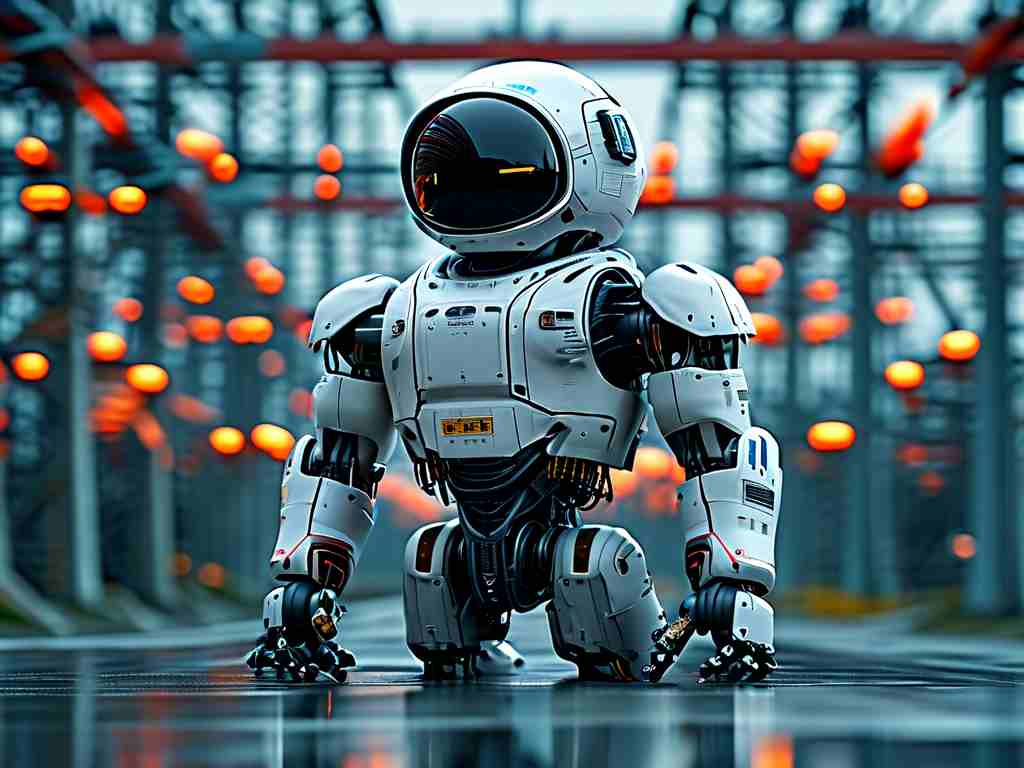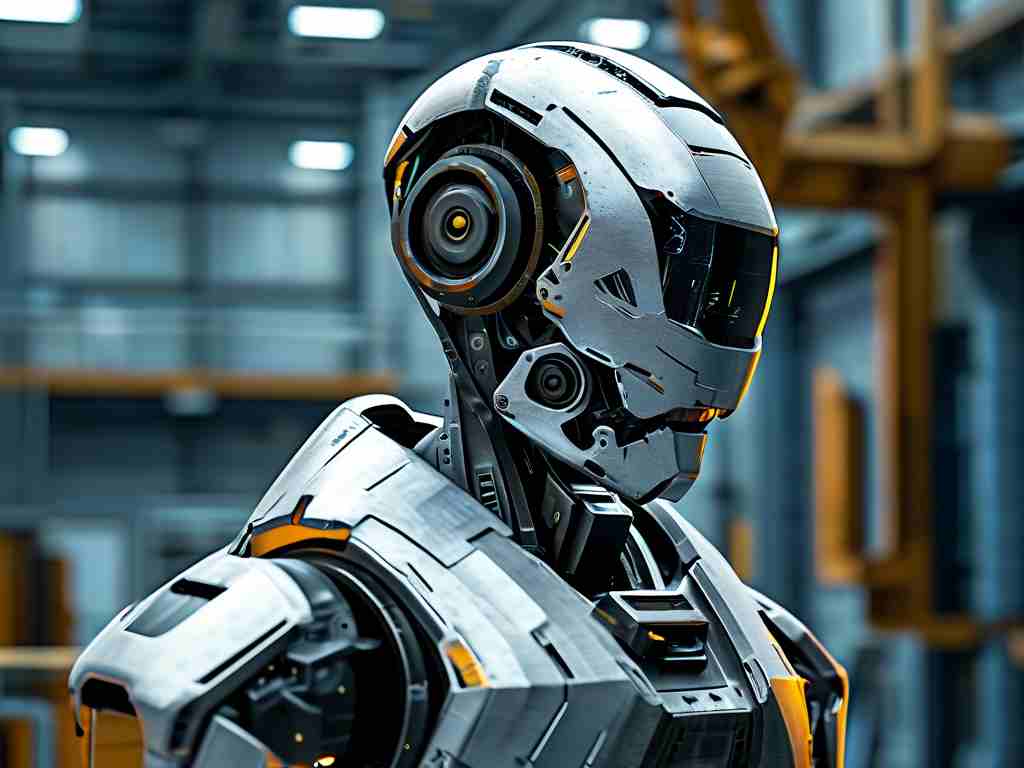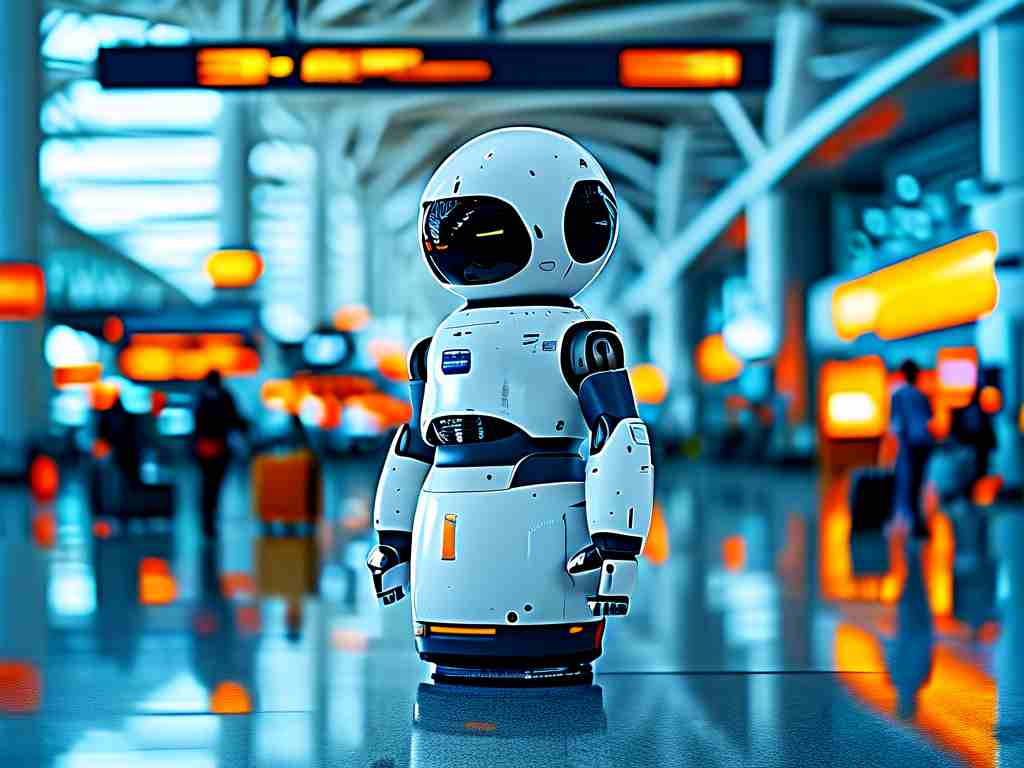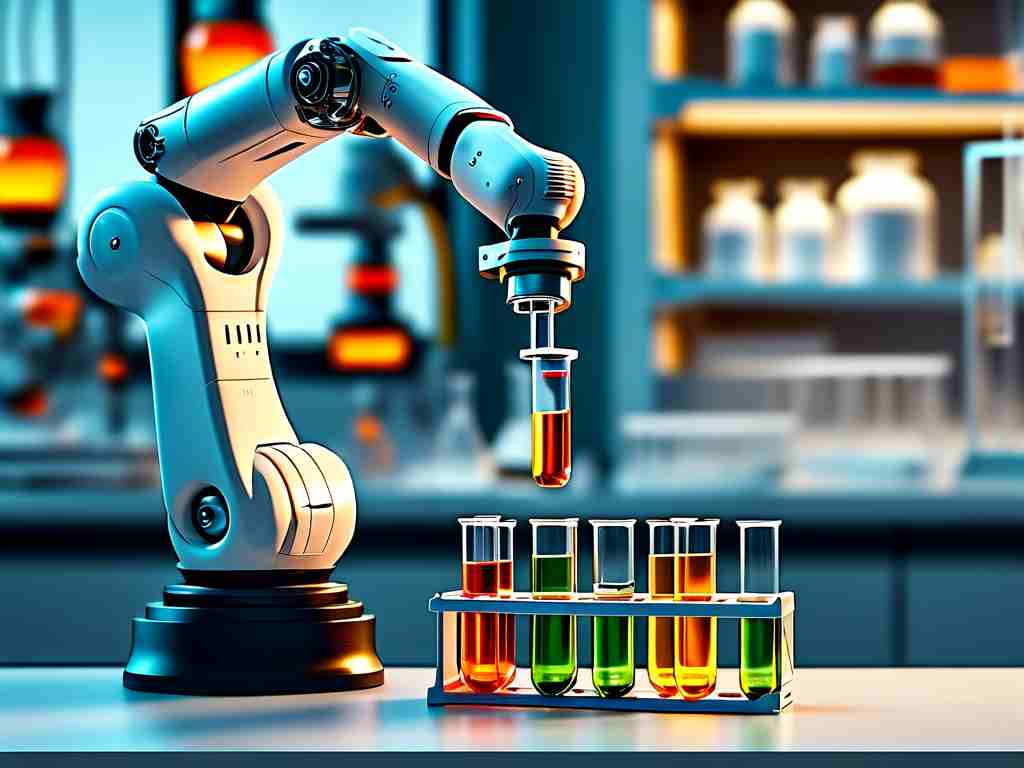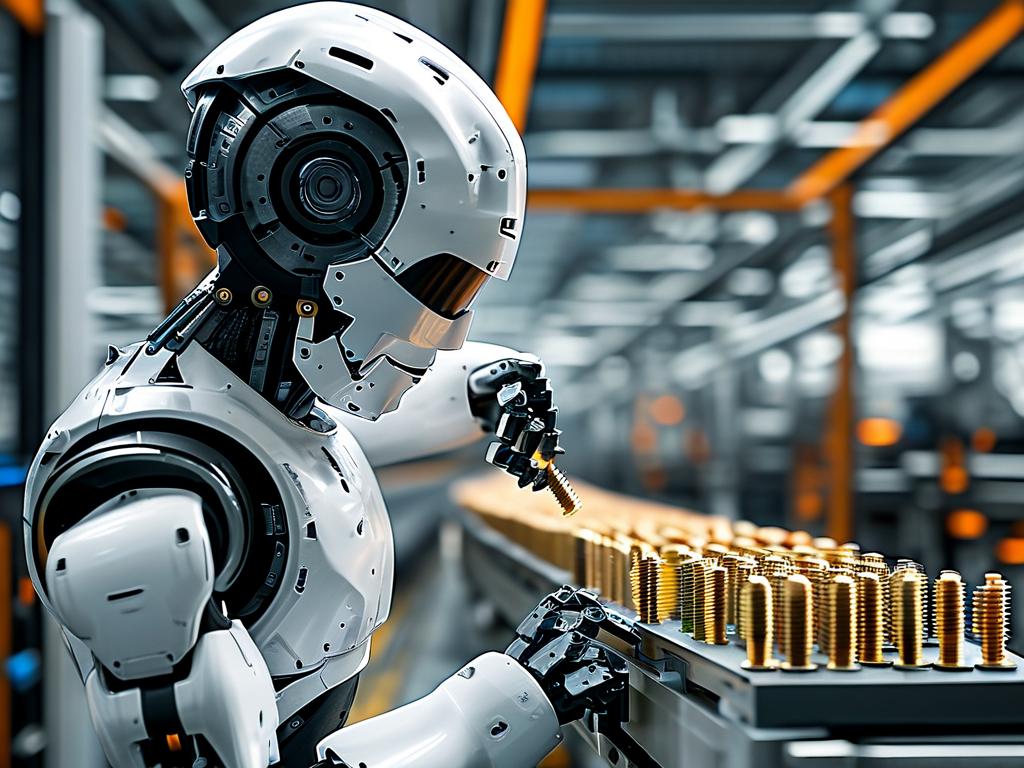The evolution of material handling robots has revolutionized industrial logistics through cutting-edge technological integration. These intelligent machines now employ multiple advanced systems working in concert to achieve precision and efficiency in diverse operational environments.
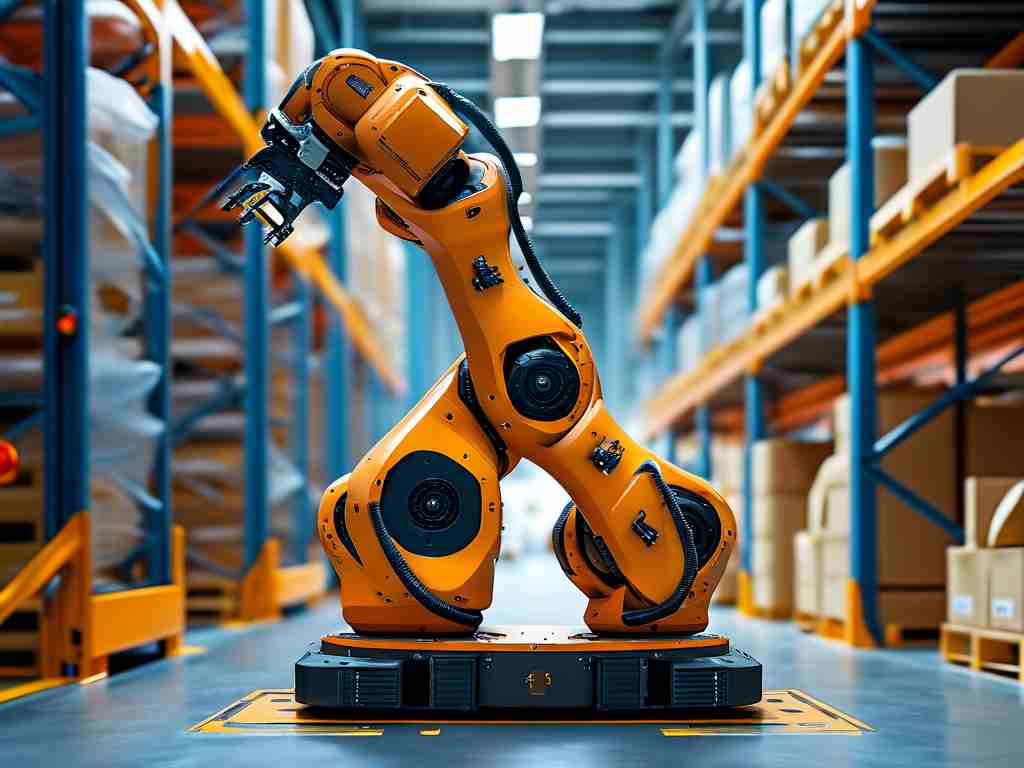
At the core of modern transport robots lies multi-sensor fusion technology. By combining LiDAR, depth cameras, and ultrasonic sensors, these machines create real-time 3D environmental maps. For instance, the latest models from KUKA utilize 360° LiDAR arrays paired with millimeter-wave radar to detect obstacles as small as 2cm at 15-meter ranges. This sensor cocktail enables adaptive navigation through dynamic warehouses where human workers and other machinery coexist.
Artificial intelligence frameworks form the decision-making backbone. Machine learning algorithms process sensor data to optimize pathfinding – a process enhanced through reinforcement learning. Fanuc's SmartCart series demonstrates this with neural networks that reduce route-planning latency by 40% compared to traditional methods. The system continuously improves its decision patterns by analyzing historical transport data and environmental variables like floor friction and payload distribution.
Mechanical innovation plays an equally crucial role. Compact harmonic drive systems paired with torque-vectoring wheels enable omni-directional movement in tight spaces. Take Boston Dynamics' Handle robot as an example – its patented wheel-leg hybrid design allows stair navigation while maintaining 15kg payload capacity. Such electromechanical advancements are complemented by energy recovery systems that capture kinetic energy during deceleration, boosting operational uptime by up to 25%.
Communication infrastructure forms another critical layer. 5G-enabled edge computing modules ensure sub-10ms response times for fleet coordination. In Amazon Robotics' fulfillment centers, this technology manages over 1,000 robots simultaneously, dynamically adjusting traffic patterns based on real-time order priorities. The implementation of blockchain-based task logs in some systems adds tamper-proof accountability for sensitive cargo handling.
Software ecosystems integrate these hardware components through ROS-based control architectures. Open-source frameworks like MoveIt! provide standardized interfaces for custom payload handling modules. Below is a simplified Python snippet demonstrating path optimization logic:
def optimize_path(current_map, priority_orders):
from scipy.spatial import KDTree
obstacle_tree = KDTree(current_map['obstacles'])
return a_star_algorithm(obstacle_tree, priority_orders)
Energy management solutions have seen radical improvements. Solid-state battery packs coupled with wireless charging pads enable 24/7 operation cycles. Tesla's Optimus platform showcases this with 30-minute full recharge capabilities through induction plates embedded in docking stations.
Safety systems employ predictive collision modeling that anticipates human movement patterns. ABB's SafeMove 3 technology uses skeletal tracking algorithms to maintain variable safety buffers – expanding protective zones when workers approach at higher speeds.
Looking ahead, emerging technologies like quantum-resistant encryption for operational data and self-healing polymer skins for mechanical components promise to push boundaries further. As these technologies mature, material handling robots will transition from automated tools to fully autonomous logistical partners capable of complex decision-making in unstructured environments.
The convergence of these technologies creates intelligent systems that not only move objects but continuously optimize entire supply chains. From automotive assembly lines to pharmaceutical warehouses, modern transport robots exemplify how interdisciplinary engineering solutions can transform industrial operations.


